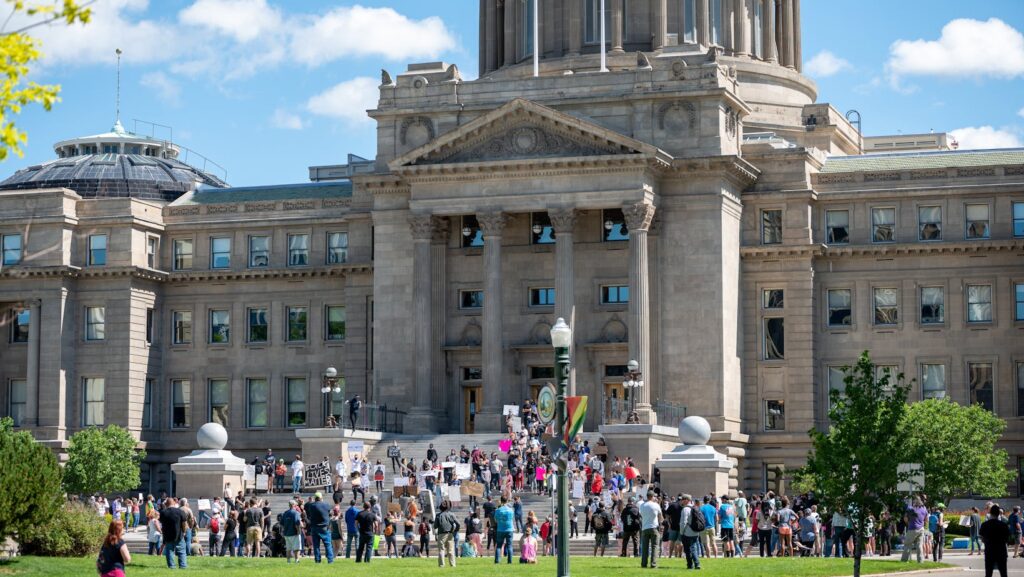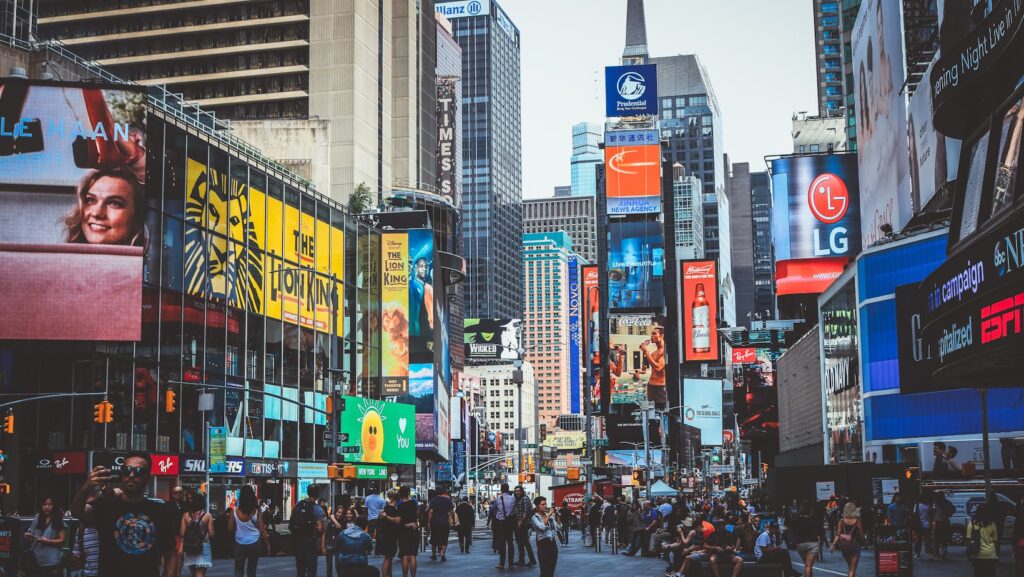As cities grow and evolve, so do the challenges of getting around. Urban mobility is more than just a buzzword; it’s a vital aspect of city planning and development. From public transport to bike lanes, pedestrian zones to smart traffic management, every aspect plays a part in shaping a city’s mobility landscape.
Urban Mobility Plan

Diving deeper into urban mobility plan, this section aims to, not just define the term, but also elucidate the potential advantages of an effective scheme. It’s important to note, it’s not just a piece in the puzzle of urban planning, but a metamorphic entity moulding city life and interaction.
Formally, an urban mobility plan represents an orchestrated set of strategies designed for a city or town’s transportation system. These strategies, when implemented successfully, ensure accessible, efficient, and ecologically friendly transit solutions. They also serve as an important pillar in driving economic activities, strengthening inclusiveness, and bettering the quality of life for urban residents.
Key Elements of an Urban Mobility Plan
Integration of Various Modes of Transport
Integral to urban mobility plan lie multi-modal integration. Employing or sustaining different transit modes, such as bicycling, walking, car sharing, city buses, and metro lines, entails these plans. Notable cities demonstrate the benefits of integrating various transport modes, for instance, Amsterdam boasts of an extensive network of cycle tracks, while Singapore’s effective metro system complements its extensive bus network. These multi-modal systems provide travel convenience, enabling seamless connections between different modes.
Inclusion of Technological Advancements

Technological innovation, a key element of the urban mobility plan, plays a vital role in advancing transport efficiency. Innovations like real-time traffic data, transit apps, ride-sharing services, and autonomous vehicles reflect this technological incorporation. For instance, Los Angeles leverages data from rideshare apps and traffic apps to enhance transportation planning and traffic management. Thus, technological advancements can increase mobility efficiency, enhancing urban life quality while simultaneously reducing environmental footprint.
Challenges and Solutions in Implementing Urban Mobility Plan
Addressing Health and Environmental Impacts
Environmental and health concerns sit high on the list of issues confronting urban mobility planners. The majority of city transit systems run on fossil fuels, contributing notable carbon emissions that affect climate change and intensify health issues. Cities like Beijing and Los Angeles exemplify the potential harm, showing the devastating results of issues like air pollution.
A potential solution lies in electric vehicle (EV) technology and the development of green public transport. For instance, Copenhagen uses electric buses in its mobility strategy. Simultaneously, car limits have been set in cities such as Athens, Madrid, and Mexico City to reduce air pollutants.
Furthermore, promoting active modes of transportation, such as walking and cycling, can significantly diminish environmental strain. These forms of travel not only cut down on emissions but also provide health benefits, ensuring residents get the essential exercise they require. Amsterdam incorporates this concept effectively, its streets teeming with cyclists and pedestrians.
Ensuring Equity in Urban Mobility

Equity stands as another critical challenge in urban mobility planning. Many transportation systems neglect low income or marginalized communities, leading to ‘transport poverty’.
One effective solution to tackle transport poverty includes expanding and improving public transportation in under-served regions. For instance, Bogotá’s TransMilenio bus system has been designed to serve previously under-connected regions, considerably enhancing mobility for those in dire need.
Technological innovations, specifically ride-sharing services, can also assuage inequities in urban mobility access. Companies like Uber & Lyft have made transport more accessible in cities where public transit is inaccessible or infrequent. However, regulation is necessary to ensure ride-sharing services act in harmony with public transit and do not exacerbate traffic congestion.
By confronting these challenges and implementing robust solutions, an equal, health-conscious, and environmentally responsible urban mobility system becomes an achievable goal.
Sustainable Transportation
Urban mobility plan plays a pivotal role in shaping sustainable transportation systems. It’s clear from examples like Amsterdam and Singapore that successful implementation can lead to a more equitable, health-conscious, and environmentally responsible urban transport network. However, it’s not without its challenges.

